Real Culture Starts Where the HR Slides End.
Culture isn’t your mission statement. It’s not the mural in the lobby or the offsite in Q4. Culture is how it feels to work here - and whether people feel safe enough to stay.
Every team has a vibe. A rhythm. An unspoken code about what’s okay and what gets brushed under the carpet. That’s culture. And the most powerful part? It’s not fixed. It can change - for the better - when leaders are willing to do the real work.
Let’s be clear: high-performing doesn’t have to mean high-stress.
Urgency isn’t leadership - clarity is. Boundaries aren’t barriers - they’re scaffolding for sustainable collaboration.
And feedback? It doesn’t have to be brutal to be useful - just honest and consistent.
When a team feels psychologically safe, something shifts. People stop posturing. Communication improves. Accountability stops feeling like a threat and starts feeling like shared ownership. In other words: healing becomes part of the culture - not just something you outsource to HR or burnout recovery plans.
From a clinical standpoint, a healthy culture is a regulated system. It’s responsive, not reactive. It values repair, not perfection. And it understands that emotions aren’t a liability - they’re data. They’re how humans understand the impact of what’s happening around them.
So, what if your culture could be a source of stability instead of stress?
What if people didn’t have to armor up for Monday mornings?
What if leadership meant modeling emotional intelligence, not just KPIs?
The truth is: your culture already exists. The question is - is it helping your people thrive, or just survive?
Let’s build the kind of workplace where the standard is safety, honesty, and growth - not hustle, avoidance, and unspoken tension.
Let’s make culture something people feel good in.
It’s not just possible. It’s powerful.
